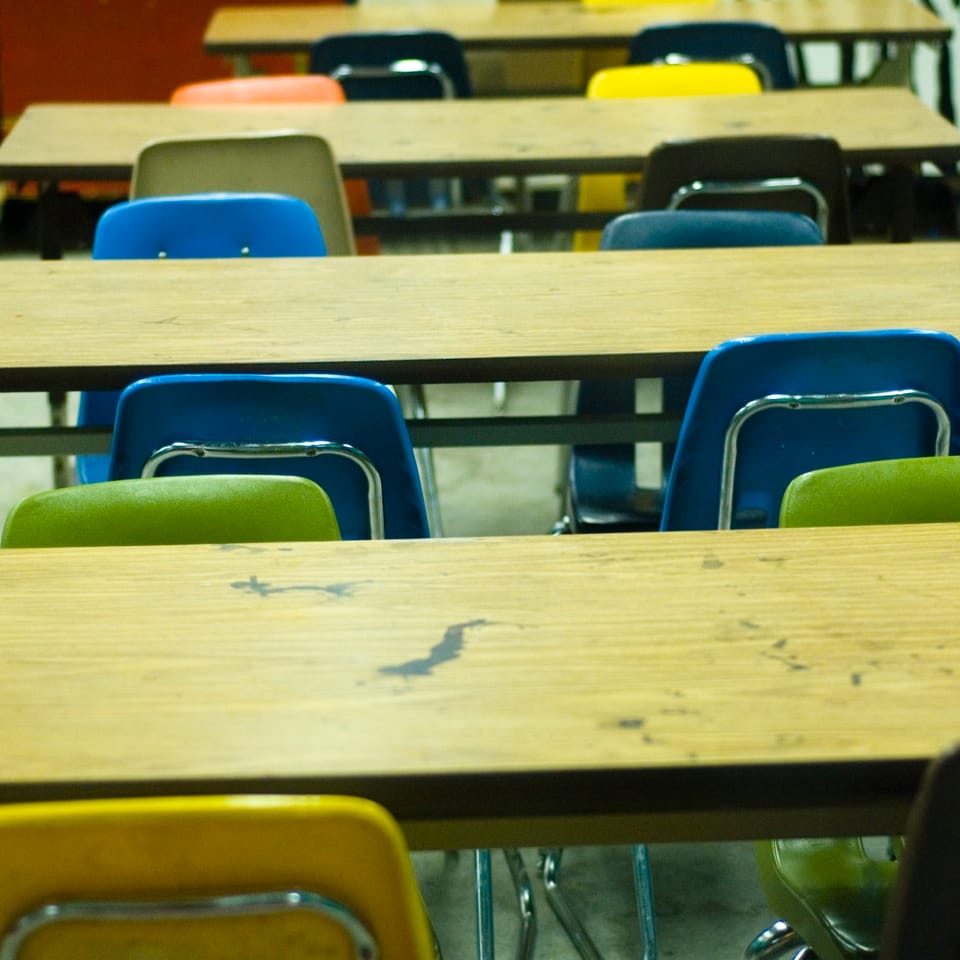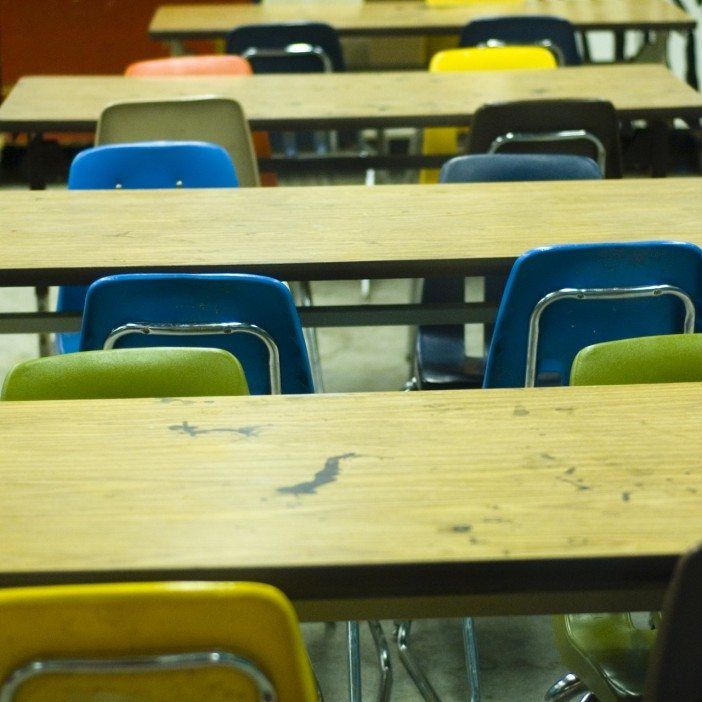Special Education Reform Produces Diverse Experiences For NYC Students & Families


A new, more inclusionary approach to educate NYC students with special needs is proving easier said than done, says a new report by Chalkbeat. The organization spoke to students, parents, and school officials and found that schools are struggling to implement mandatory reforms to special education, while its effect on students is still unproven.
Integrating special needs students by enrolling them in general education classes, mixed classes (including typical and special needs students), or a combination of the two, was an idea first publicly introduced in 2003 by then-Mayor Michael Bloomberg. The proposal was launched as a pilot at a limited number of city schools in 2010, and launched citywide in 2012. Chalkbeat, though, found that some schools lacked the resources and the scramble to implementation is leaving some of the neediest students behind.
Students affected by this Special Education Reform and interviewed by Chalkbeat each had unique experiences, some positive, some not. They include Joseph, a middle schooler with ADHD who was placed in mixed classes as per the city’s new policies, and for whom no purely special education classes were available when attempts to mainstream proved unsuccessful; Noah, whose mother Britt Sady pushed for his inclusion in a general education class so as to set higher standards for his learning and increase his chances of graduation; Christon Solomon, a middle schooler who says small learning sessions in special education classes work better for him than general education; and Thomas, who was suspended often in special education classes, but is doing better since being introduced to mainstream and mixed classes.
The experiences of parents and kids profiled are diverse, as are the abilities of the schools discussed to see that students’ needs are met — often, says Chalkbeat, schools simply aren’t provided with adequate staffing or financial resources to abide by the 2012 reforms. This is the case with Joseph — whose transfer to another school was finally approved only near the end of the school year, and presumably because his mother Clara, who works for the Department of Education, came armed with a certain amount of knowledge regarding red tape.
“Sometimes, if the parent doesn’t question [a school’s inadequate handling of a special needs child’s education], it just goes under the radar,” family advocate Olga Vazquez, of mental illness and developmental disability service support agency ICL, told the publication.
Certain schools are benefitting from reforms more than others. The article says funding is disproportionately doled out to schools with integrated classrooms instead of simply general and special education ones, and parents of both typical and special needs students at Harlem’s P.S. 112, for example, have requested mixed classes to enhance their kids’ educational experiences.
However the jury is still out, quantitatively speaking, on the effectiveness of integrating kids of different abilities into the same classrooms. Chalkbeat says some test scores have increased marginally, but others have not. What does appear to be clear is a widening discrepancy in disciplinary action being handed down to special needs students in mainstream classrooms, but DOE Deputy Chancellor Corinne Rello-Anselmi says Chancellor Carmen Fariña has no plans to overhaul the 2012 reforms.
If you’re an New York City educator or parent, what’s your take on the matter? Have you run into any of the problems stated in Chalkbeat’s article, or seen students improve under new policies? Should properly run mixed classrooms benefit all students — and what would running them properly entail of schools, teachers, and the DOE? How would funding and resources be distributed if you had it your way?
Photo by Frank
